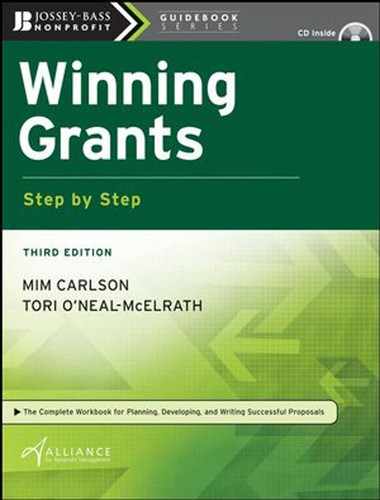Managing a Site Visit
A site visit is exactly what its name implies: the funder comes to your organization’s site (or the site of the proposed program) to visit with leaders, staff, board members, and those the organization serves. Not every organization requesting funding gets a site visit, because it is a part of the vetting process for proposals that are in the advanced stage of consideration. You should also understand that a site visit is by no means an assurance of funding for your program. What it does mean is that there is enough of a match between the grantmaker, the organization, and the proposed program that the funder believes it warrants further investigation.
When a site visit is requested, the key staff assigned to the program are essential to the process because they (ideally) were the people who created the program plan, and they are the ones (again, ideally) who will be responsible for the hands-on implementation of the project. They should be present during the visit, as should the executive director and the person who can answer financial or budgetary questions. If the program targets a specific group of people, representation in the form of one or more individuals from the population to be served or engaged is always welcome, as they can provide the most useful testimony for your project, its significance, and its power for change.
If your nonprofit has been selected for a site visit, use the following to-do list to prepare:
• Confirm the participation of all key persons involved with the program.
• Send the full proposal to everyone participating, and request that they (re)familiarize themselves with it.
• If the funder has provided questions in advance of the site visit, share those as well.
• Meet with everyone in advance of the actual site visit to ensure that everyone is on the same page in terms of knowledge about the program and its goals, objectives, and methods and that everyone understands who will be answering which questions and moderating the visit.
• Make sure beverages are available for the visit, but keep it basic: no need for catering or any other “special event” details.
If the grantmaker has requested a tour of some sort, decide what the important elements are for the funder’s representatives to see and plan the tour in advance—again informing everyone who will be a part of it what is happening and when. Make sure everything is in order and try to schedule the tour for a time when they can see the programs in action; check with staff to make sure it won’t be disruptive to have visitors or violate clients’ confidentiality or privacy in any way.
..................Content has been hidden....................
You can't read the all page of ebook, please click here login for view all page.
